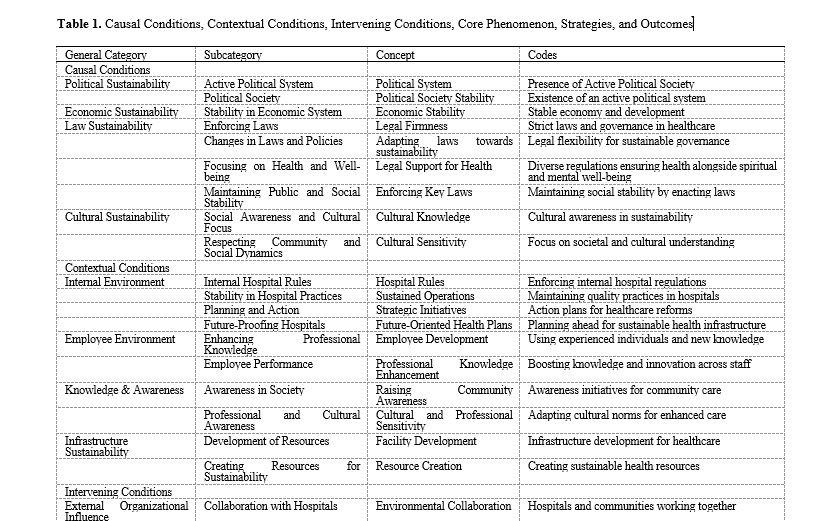A Qualitative Analysis of Therapeutic Capacity with Consideration of Financial Energy for Pandemic Preparedness
Keywords:
Financial resources, energy, foresight, pandemic, architecture , sustainable innovationAbstract
This study addresses the adaptability of therapeutic capacity architecture foresight, considering financial energy for pandemic preparedness. In essence, the lack of sufficient financial resources and their dispersion from areas of greatest need hinders the full management of a crisis (pandemic). Financial resources, along with certain activities and forward-looking, sustainable planning innovations, can establish a form of preparedness before pandemics occur. Therefore, in this applied developmental research, the statistical population includes all prominent academic experts in Isfahan city, possessing relevant scientific knowledge about financial energy and having experience in hospitals as managers or consultants. Data were collected through interviews with healthcare experts, and to design a model for the foresight of therapeutic capacity architecture considering financial energy for pandemic preparedness in the country's hospitals, a grounded theory approach was employed, encompassing open, axial, and selective coding. The process of data collection and analysis was not sequential but performed in a zigzag, simultaneous manner, which reflects the nature of theoretical sampling. Open coding was conducted through line-by-line analysis of the interviews. Based on the identified open codes, axial codes were developed, and with the help of selective coding, the theoretical model was developed. In applying foresight to therapeutic capacity architecture in hospitals, the implementation of its core phenomena plays a pivotal role. These phenomena include social monitoring and management, environmental monitoring and management, and economic monitoring and management. These are operationalized through a series of strategies and actions in the fields of health-centric services, high-quality and up-to-date services, attention to crisis preparedness design and architecture, biomimicry, and pollution management. Financial energy can contribute to political, economic, legal, and cultural sustainability.












